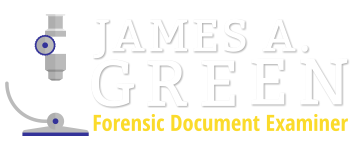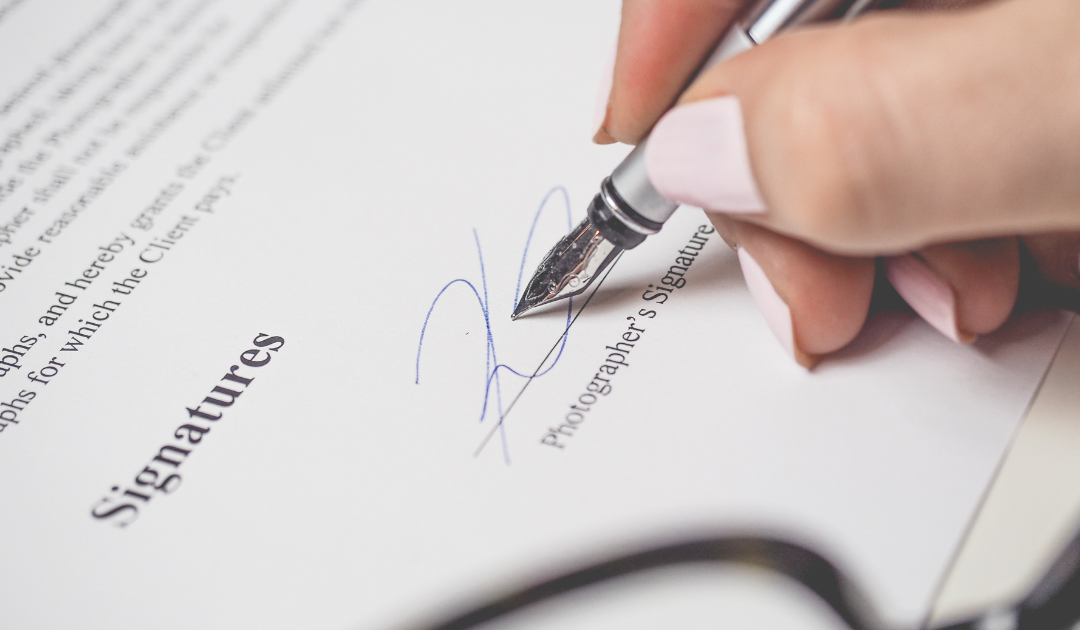When someone signs a document, it may be essential to confirm the authentication of the signature. This is often an issue in legal proceedings. Establishing the validity of a signature or other writing is a common request of a professional document examiner. Through their objective examination, compelling testimony may be given that will contribute toward the successful resolution of a case.
The Need for Document Examination
Document examination is necessary to verify whether writing on documents is authentic. If discrepancies are discovered in handwriting, signatures, or other characteristics on documents in question, the evidence may be used in court proceedings to prove a document should not be relied upon as authentic. Conversely, a document examination may be used to authenticate that cursive or printed writing on a document is the genuine writing of the purported writer.
A Few Factors in Document Examinations
When a document is examined, many features are considered. With respect to the paper itself, seemingly trivial features are observed. For example, in a multi-paged contract, the optic brightness of pages may be analyzed to determine if it is consistent with all the pages. If pages vary in their response, the possibility of page insertions or substitutions may be an issue. Also, staple holes should be consistent on all pages. In many cases of page substitutions, most pages may have multiple staple-hole sets in contrast to a page or two in question, having only one set of staple holes.
Handwriting is identifiable, whether printed, cursive, blended, or signatures. Elements of handwriting used for comparison include its fluency, slant, height relationships, use (or lack of use) of connecting strokes, bowl proportions, spacing relationships, positioning of the writing to the baseline, and so forth. It is a time-consuming task. The observations ultimately allow the examiner to form a conclusion toward the authenticity of the writing.
Document Case Types
When thinking of a document examination case, It is natural to visualize a forged signature on a will. A common “cut and paste” signature transfer might come to mind in a disputed contract case. However, the document examiners have a wide variety of case types submitted. Examples of cases reviewed by this examiner include medical records, death-threat notes, drug recipes, notes by homicide defendants, insurance benefit forms, mortgage documents, graffiti, bomb threats, sexually harassing notes, military document cases, suicide notes, receipts, accounting records, and others. The point being there are many different document types, having different examination requirements, that may be resolved by a Forensic Document Examiner.
Call for a Consultation
With 34 years of experience and testimony given in over 150 court trials, James A. Green is a well-qualified document examiner. His practice mainly involves submissions of wills and other estate documents to verify handwriting and/or signatures.
Mr. Green is Certified by the American Board of Forensic Document Examiners. He is an active member of three professional organizations: the American Society of Questioned Document Examiners, the American Academy of Forensic Sciences-Questioned Document Section, and the Southwest Association of Forensic Document Examiners. He remains active in those organizations and regularly attends their conferences and workshops. Contact Mr.Green regarding your case to discuss your specific case issue. Telephone (888) 485-0832 or send a message.

